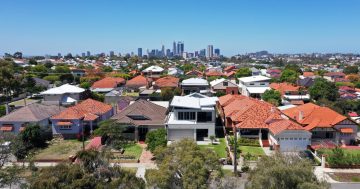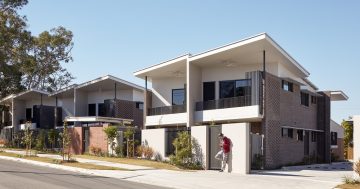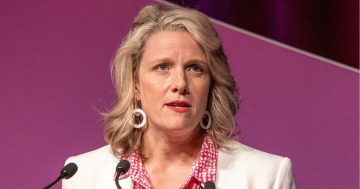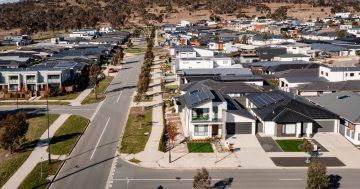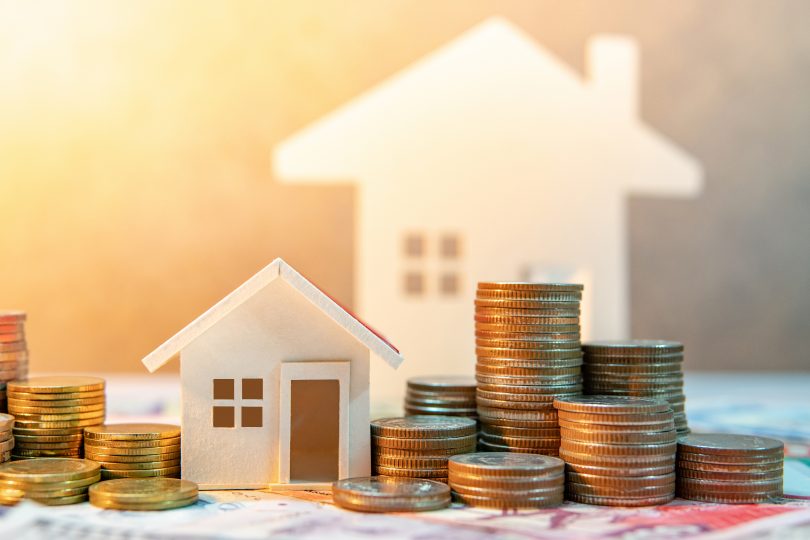
First home buyers in Tasmania now won’t have pay stamp duty. Photo: File.
Stamp duty has been abolished for first home buyers in Tasmania, as part of the State Government’s 2030 Strong Plan for Tasmania’s Future initiatives.
The incentive has kicked in with the beginning of the new financial year and is backdated to February.
The value for eligible properties has also increased.
The state’s new First Home Buyer Duty Exemption scheme will run until 30 June 2026.
Finance Minister Nic Street heralded the introduction of the windfall by saying more Tasmanians can now realise their dream of easier home ownership because from this week it has become easier to enter the property market.
“We have abolished stamp duty for eligible first home buyers on the purchase of an existing home,” Mr Street said.
“The property value cap has also been increased from $600,000 to $750,000.
“First home buyers will pay no stamp duty on properties valued up to $750,000, saving them up to $28,900.
“This will make a real difference in helping more Tasmanians buy their first home.
“The policy is retrospective to 18 February 2024, which means any eligible first home buyer who has bought an existing house, unit or apartment since this time will receive a refund of stamp duty.
“Eligible Tasmanians who received the 50 per cent duty concession will be refunded any stamp duty already paid on the transfer of their property.
“The State Revenue Office will issue refunds to those who meet the eligibility criteria.”
Tasmanians can find out how much they will save through the Tassie Stamp Duty Calculator at www.stampoutstampduty.com
Tasmania has a severe housing crisis, however, with young locals struggling to get into the market due to the high rate of property sales from interstate investors.
Many houses are snapped up before being listed (or immediately after), sight unseen by interstate buyers and often for more than the asking price, leaving locals out in the cold.
The rising rate of investment buying has also seen rental prices skyrocket.
According to the state’s Tenants’ Union, the average Tasmanian renter pays $7000 more to keep a home than they did five years ago.
Five years ago the average rent was $311 a week while it now stands at $445 a week, making it the biggest rental hike in the country and giving Hobart the dubious honour of equalling Sydney as the least affordable metropolitan area to live relative to income.
Other State Government reports show that Hobart’s short-term stay properties have increased from 322 to 425 in the past two years and in Launceston there has been an increase from 221 to 330.
Meanwhile, in Federal Parliament, Tasmania’s independent Member for Clark, Andrew Wilkie, said on Wednesday (3 July) that despite all the Federal Government talk about doubling housing and homelessness funding, funding for Tasmania will in fact decline this year under the national agreement on social housing and homelessness from $38.1 million to $37.4 million.
“This is the biggest proportional decline of any state. I’m sure you understand the dire housing situation in Tasmania as well as I do. How on earth would you let this happen?” he asked Federal Housing Minister Julie Collins, also from Tasmania.
Ms Collins responded saying no state or territory is going backwards in funding under the new agreement.
“I have been working very closely with the Tasmanian State Government and indeed since the election we have provided more than $145 million to Tasmania since we came to office for homelessness services and to build more homes,” she said.



